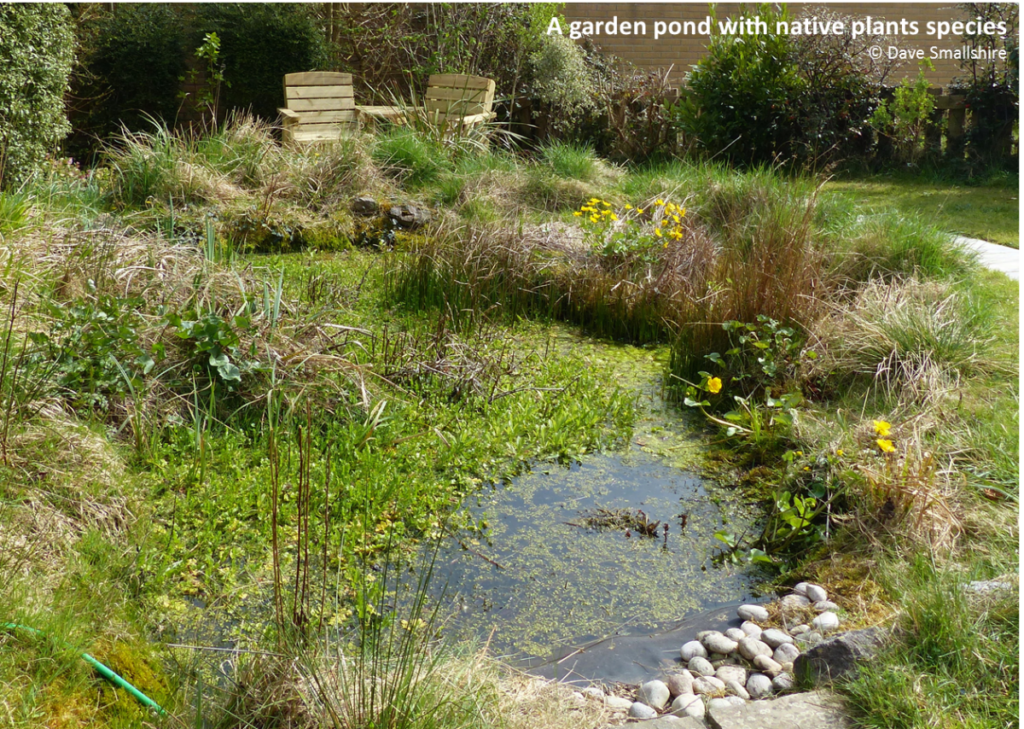As defined on the GB Non-native Species Secretariat website (NNSS)
A non-native species is: ‘…a species, subspecies or lower taxon, introduced (i.e. by human action) outside its natural past or present distribution; includes any part, gametes, seeds, eggs, or propagules of such species that might survive and subsequently reproduce.’
An invasive non-native species is: ‘any non-native animal or plant that has the ability to spread causing damage to the environment, the economy, our health and the way we live.’
Non-native Dragonflies
5 non-native damselfly and 8 non-native dragonfly species have been recorded in Britain as a result of accidental introductions, either as eggs or larvae in imported aquatic plants. Most have been found in the greenhouses of importers of tropical pondweeds. However, at least one species (Marsh bluetail, Ischnura senegalensis) has been discovered at a garden pond, to which it was probably moved with recently imported pondweed. These species could be encountered at commercial aquatic greenhouses and emerging from domestic indoor aquaria. As the species concerned have originated in hot climates, it is unlikely (although not impossible) that successful establishment could occur in the wild, as happened with Oriental Scarlet (Crocothemis servilia, pictured right) in Florida, USA.
The incidence of non-native species is related to the origin and extent of trade in pondweeds and water-lillies, and the success of phytosanitary procedures at the point of export and import. Most recent trade appears to centre on Singapore, so common Asian species, such as Common (or Marsh) Blue-tail (Ischnura senegalensis) and Oriental Scarlet (Crocothemis servilia) are more likely to be found. Such species may look very similar to some that occur in Britain; in these examples, Blue-tailed Damselfly and Scarlet Darter respectively. These similarities are confounded because newly emerged specimens or tenerals are most likely to be found.
If you find an unusual, possibly non-native species, you can contact the Migrant Dragonflies Project Coordinator for help identifying it.

Other Freshwater Non-native Invasive Species
Non-native invasive species are considered to be one of the greatest threats to the environment and biodiversity worldwide. Not all species introduced to this country by humans have serious detrimental effects. However, we cannot know which will and which won’t until they have arrived.
Invasive non-native species have already had catastrophic effects upon our wildlife. They predate upon native species, they can spread diseases to native species and they can out-compete native species. Non-native invasive species also have detrimental effects on our ecosystems, interfering with interactions between plants and animals. For example, New Zealand Pigmyweed (Crassula helmsii) is a non-native species to Britain. This plant grows prolifically on the surface of water, smothering the plant life as well as blocking oxygen and light from the creatures beneath.
Often these species are additionally problematic because they spread quickly throughout the country, often aided by humans, such as via walking boots or boat hulls. The problem of non-native species is an ongoing one; once such a species has entered the country it is extremely hard to eradicate it.
Non-native species also have a great economic cost, damaging infrastructure, causing losses of food production, and create issues for many industries. For example, dense mats of New Zealand Pigmyweed can block waterways causing flooding.

What Can You Do?

How to help top tips
Only buy native plants to stock your pond or wetland.
Wash off plants and remove soil before planting.
Check, clean and dry off equipment, footwear and protective clothing between visiting different sites.
Learn to identify invasive species and report your sightings.
Visit the Great Britain Non-native Species Secretariat website for more information on combating invasive species.
Read the BDS Policy for Non-native Species
Visit the NNSS website for details on the identification of non-native invasive species in Britain, how to record them and for more on biosecurity.
Title image: Orange-spotted Emerald by GrahamC57
